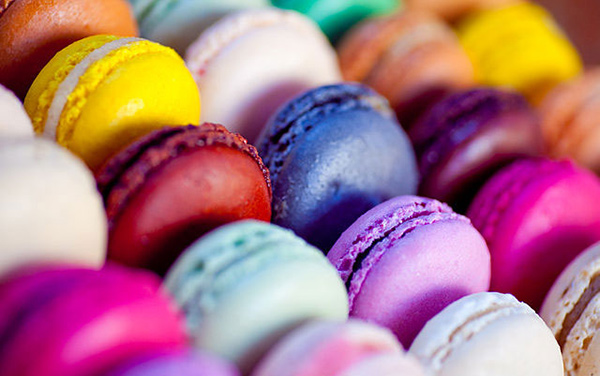Blended food color is extracted from the combination of different secondary and primary colors. They are the distinct blended food colors, namely, lake blended food color, tailor-made blended food color, and regular planet colors. The lake blended food colors are produced by dispersing different concentrations of distinct colors. Blended food colors offer various advantages, including high solubility in oil and water, which can help in easily mixing vegetable fats and oil. They are highly adaptable to inert absorption compounds.
The surging demand for natural food colors to enhance the food appeal all around the globe is steering the growth of the global blended food color market significantly. Furthermore, there is a growing awareness among consumers regarding the clean label products and the health benefits of the natural colors which is likely to project the demand for food colors globally. Health hazards related to synthetic colors are also encouraging the adoption of naturally blended food colors. Synthetic colors cause allergic disorders among people. Inclusion of heavy chemicals and metals to manufacture synthetic food colors pose a potential risk of life-threatening diseases. Blended food colors are available in different colors, including blackcurrant, dark chocolate, chocolate brown, raspberry, rose pink, strawberry, and others.
The global blended food color market can be segmented into application, function, packaging type, grade, and region.
By application, the market can be segmented into cosmetic & personal care, pharmaceutical, and food & beverage.
By function, the market can be segmented into flavoring and coloring agents.
By packaging, the market can be segmented into bags, drums, and corrugated boxes.
By type, the market can be segmented into blended lake colors, tailor-made blended colors, and regular branded colors.
By grade, the market can be segmented into cosmetics, pharmaceuticals, and food-grade.
North America accounts for the largest share in the global blended food color market due to the high use of blended food colors as prime ingredients in a wide range of flavored food and beverages in the region.
Asia Pacific is expected to grow significantly over the forecasted period due to the fast proliferating food and beverage sector in the region.
Some of the significant players in the global blended food color market are Ornua Nutrition Ingredients UK Limited, Preema International Ltd, Exim India Corporation, Rexza Colors & Chemicals, and Sun Food Tech. To cite, International Flavors & Fragrances Inc. (IFF) in May 2018 signed an agreement with Frutarom (Israel). The aim of the agreement was to enhance the IFF’s strength in terms of nutrition, taste, scent, and aspects of its products. They now offer many artificial and natural food colors manufactured by Frutarom globally.
Get Free Sample of this Research Report – https://www.syndicatemarketresearch.com/sample/blended-food-color-market
